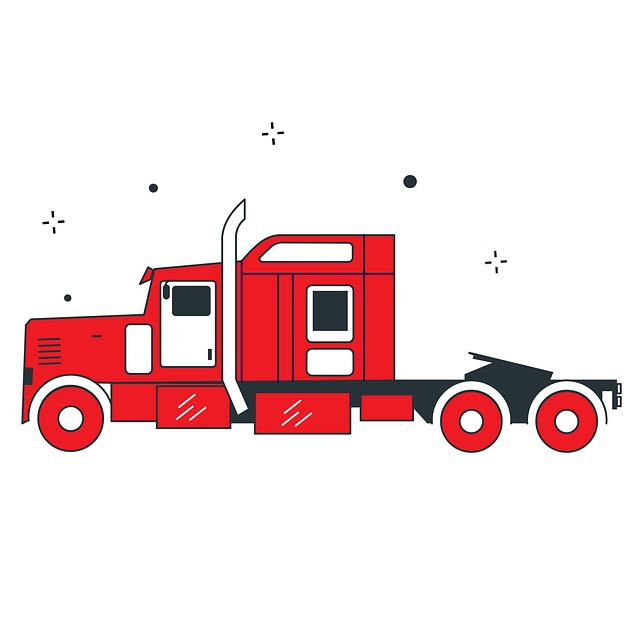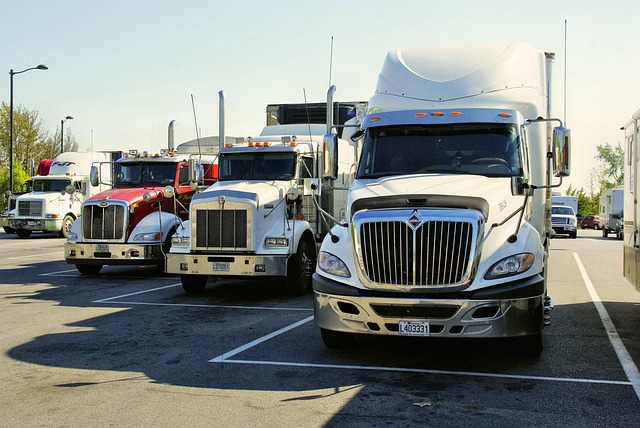Looking to register your car in California? This comprehensive guide walks you through every step of the process, ensuring a smooth experience. From understanding the state’s unique requirements to gathering essential documents for VIN verification and submitting applications to the DMV, we cover it all. Learn how to conduct a crucial VIN check and navigate important considerations post-registration.
- Understanding the California Vehicle Registration Process
- Gathering Necessary Documents for VIN Verification
- Conducting a Vehicle Identification Number (VIN) Check
- Submitting Applications and Fees to the DMV
- Important Considerations After Successful Registration
Understanding the California Vehicle Registration Process

In California, registering a car involves several steps designed to ensure vehicle safety and compliance with state regulations. The process begins with gathering essential documents, including proof of ownership, insurance, and identification. Once these are in order, the next crucial step is vin verification. This involves checking the vehicle’s unique identifier, known as the Vehicle Identification Number (VIN), which can be done through a mobile vin verifier or by visiting a California Department of Motor Vehicles (DMV) office. A vin inspection is essential to confirm that your car meets safety and emission standards set by the state.
After successful vin verification, you’ll need to visit a DMV field office with all required documents. Here, you’ll pay the registration fees and receive your California vehicle registration plates. It’s important to remember that specific requirements may vary based on your vehicle’s type and age, so it’s always best to check with the DMV for up-to-date information. This comprehensive process ensures that California roads are safe and well-regulated, promoting responsible vehicle ownership.
Gathering Necessary Documents for VIN Verification

Before you begin the registration process, it’s crucial to gather all the essential documents for VIN (Vehicle Identification Number) verification. This step is a critical part of ensuring your car’s history and authenticity are accurately checked during the California registration. You’ll need to provide proof of ownership, typically through a title document or a bill of sale, along with valid identification such as a driver’s license.
Additionally, for a smoother process, consider having your vehicle’s VIN inspected using mobile vin verification services. These services allow you to obtain a digital report detailing the vehicle’s history and previous owners, which can be incredibly helpful in certain situations. Alternatively, some dealerships or auto shops offer on-site vin inspection as an additional service for convenience.
Conducting a Vehicle Identification Number (VIN) Check

Before registering your car in California, conducting a Vehicle Identification Number (VIN) check is an essential step. This process involves verifying the VIN using official databases to ensure the vehicle’s history and condition. A mobile VIN inspection or verifier can be particularly useful here, as it allows you to complete this step conveniently from anywhere. These services use advanced technology to cross-reference your VIN with state records, ensuring all information is accurate and up-to-date.
During a VIN verification, you’ll be checking for any reported accidents, outstanding liens, or other issues that might affect your car’s registration. It’s crucial to ensure that the vehicle matches the details provided by its manufacturer and that there are no discrepancies in its history. This step not only helps in avoiding legal complications but also ensures you’re making an informed decision when purchasing a used car.
Submitting Applications and Fees to the DMV

When registering your car in California, submitting applications and fees to the DMV is a crucial step. You’ll need to complete Form DV306, which includes providing essential details about your vehicle, such as its make, model, year, and current mileage. Along with this form, ensure you include all necessary documents, including proof of ownership, insurance, and identification. The California Department of Motor Vehicles (DMV) offers both online and in-person submission options.
For a seamless process, many individuals opt for a mobile vin inspection or utilize a vin inspector. This involves having a professional conduct a vin verification on your vehicle at your convenience, whether at home or the location of your choice. The results are then submitted to the DMV along with your application, streamlining the registration process and saving you time and effort.
Important Considerations After Successful Registration

After successfully registering your car in California, there are several important considerations to keep in mind. One crucial step is to ensure accurate and up-to-date vehicle documentation, including proof of ownership and registration. This documentation should be easily accessible for both personal reference and potential future transactions.
Additionally, consider utilizing services like mobile VIN verification or a VIN inspection to confirm the vehicle’s identity and history. These steps are essential in protecting against fraud and ensuring you have a complete understanding of your car’s past, which can be invaluable when it comes time to sell, trade-in, or simply maintain its value over the long term.
Registering a car in California involves several steps, from understanding the process to providing the right documents and conducting a VIN verification. By gathering all necessary materials and ensuring accuracy throughout, you can streamline the registration process at the DMV. Remember to check important considerations post-registration for a smooth ownership experience. This guide provides a straightforward path to car registration in the Golden State, making it easier for both new and experienced vehicle owners alike.



